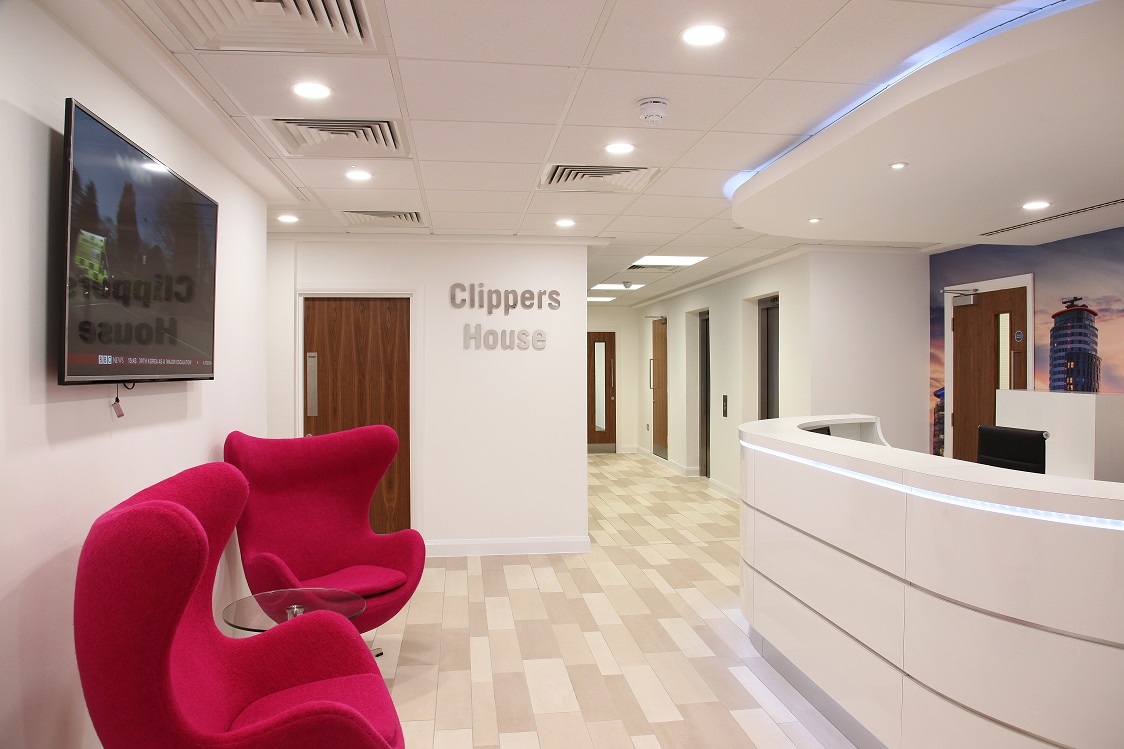The UK’s uptake of serviced offices has grown rapidly over the past five years, according to recently published figures, and the use of serviced offices in London is now three times the Europe-wide average.
Writing in Property Journal, Tom Sleigh explains that the UK has unparalleled choice in serviced offices, flexible workspaces and outsourced workplaces – all essentially different names for the same thing.
Across Europe as a whole, serviced offices account for about 2% of all office space. But Mr Sleigh notes that serviced offices in Manchester are double that figure, while serviced offices in London stand at three times as much, roughly 6% of the city’s workspace.
“There has been significant growth over the last five years,” he writes. “The choice of solutions available is unmatched elsewhere in the world.”
Why are there so many serviced offices in the UK?
Ironically, the strong supply and excellent choice of serviced offices in the UK is due in part to the much tighter expectations when leasing office space in the conventional way.
Mr Sleigh points out that UK office leases:
- Last much longer than in Europe
- Collect rents on a quarterly basis
- Have high initial cash deposits (up to 18 months’ rent)
- Are revised upwards on a regular basis
- Date back to medieval times
The UK’s long history has left a legacy of rents, rates and taxes that would once have been collected on quarterly days of religious significance, but now leave tenants sporadically facing very high outgoings.
Serviced offices overcome many of these problems, allowing SMEs in particular to gain access to well-appointed office space without facing punishing upfront and ongoing costs.
At the same time, serviced offices in Manchester and London give occupants a professional and desirable business address to use on letterheads, and access to meeting rooms for hire when a face-to-face meeting needs to take place.
What are the benefits of serviced offices?
Mr Sleigh lists a number of advantages of serviced offices over conventional leasehold space, including:
- Better working environments
- Ease of consumption
- Easier entry and exit
- Improved cost certainty
- Lower balance sheet liability
- Lower capital expense
- Lower operational risk
These are all in addition to the flexibility of how long a tenant occupies the space for – and can often be even more important to the decision-making process.
How long do tenants stay in serviced offices?
According to the article, the average tenancy in serviced offices is 35 months, even though the typical minimum occupancy period is 12 months, which shows that many tenants choose to extend their lease and continue to benefit from their use of the space.
There is generally no reason why you must move out unless you choose to, and this gives occupants a good amount of control compared with conventional commercial lease renewals.
All of this adds up to high levels of confidence and cost control for SMEs, with rents posing less of a cash flow risk – advantages UK companies in particular have been quick to grasp hold of as the country’s uptake of serviced offices in London and Manchester has boomed.




